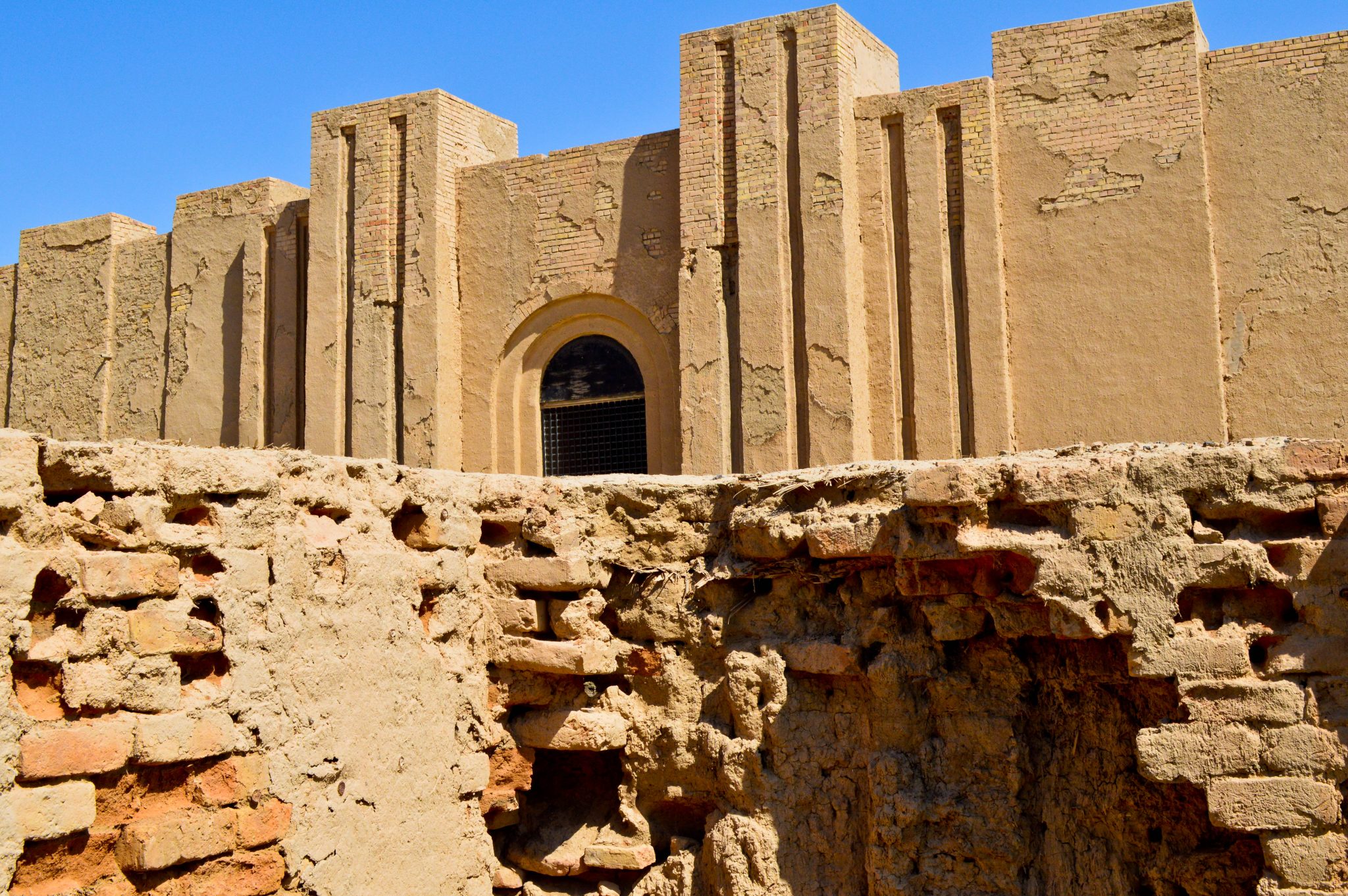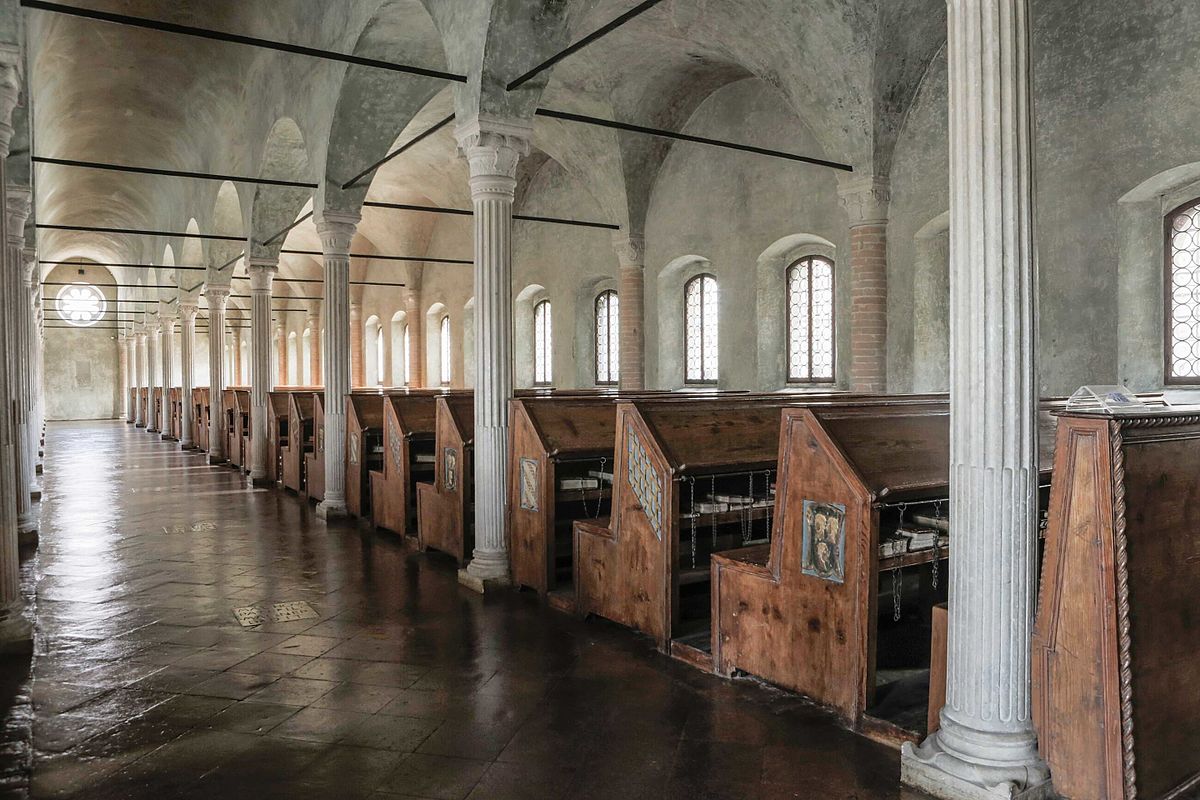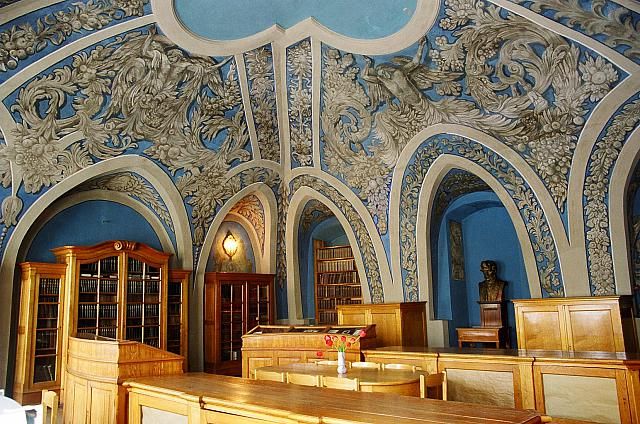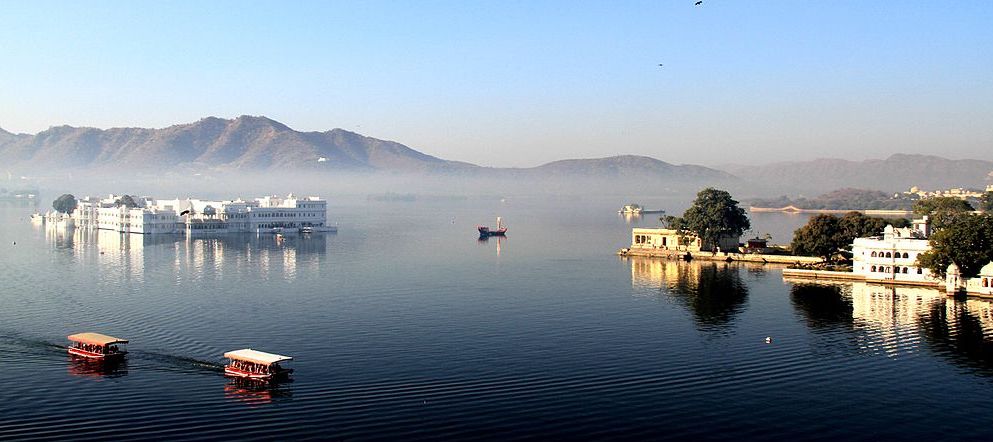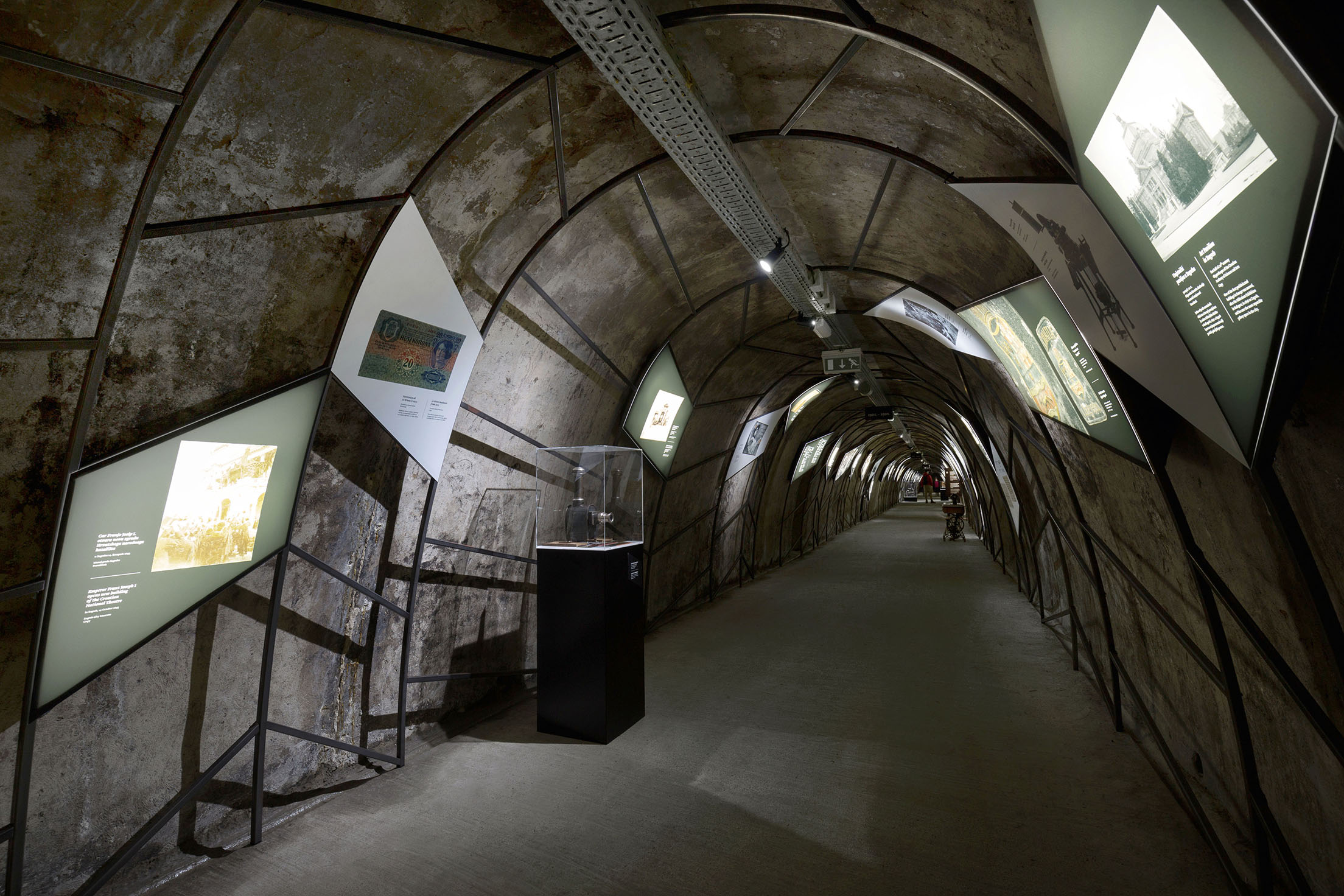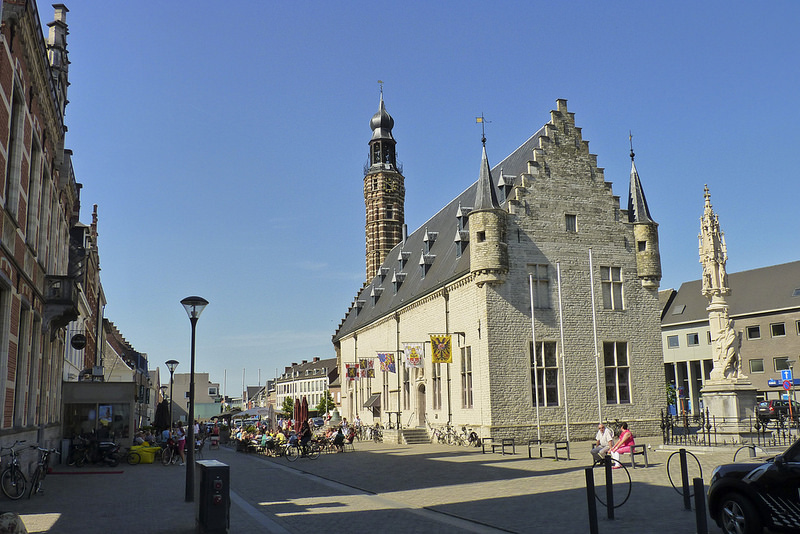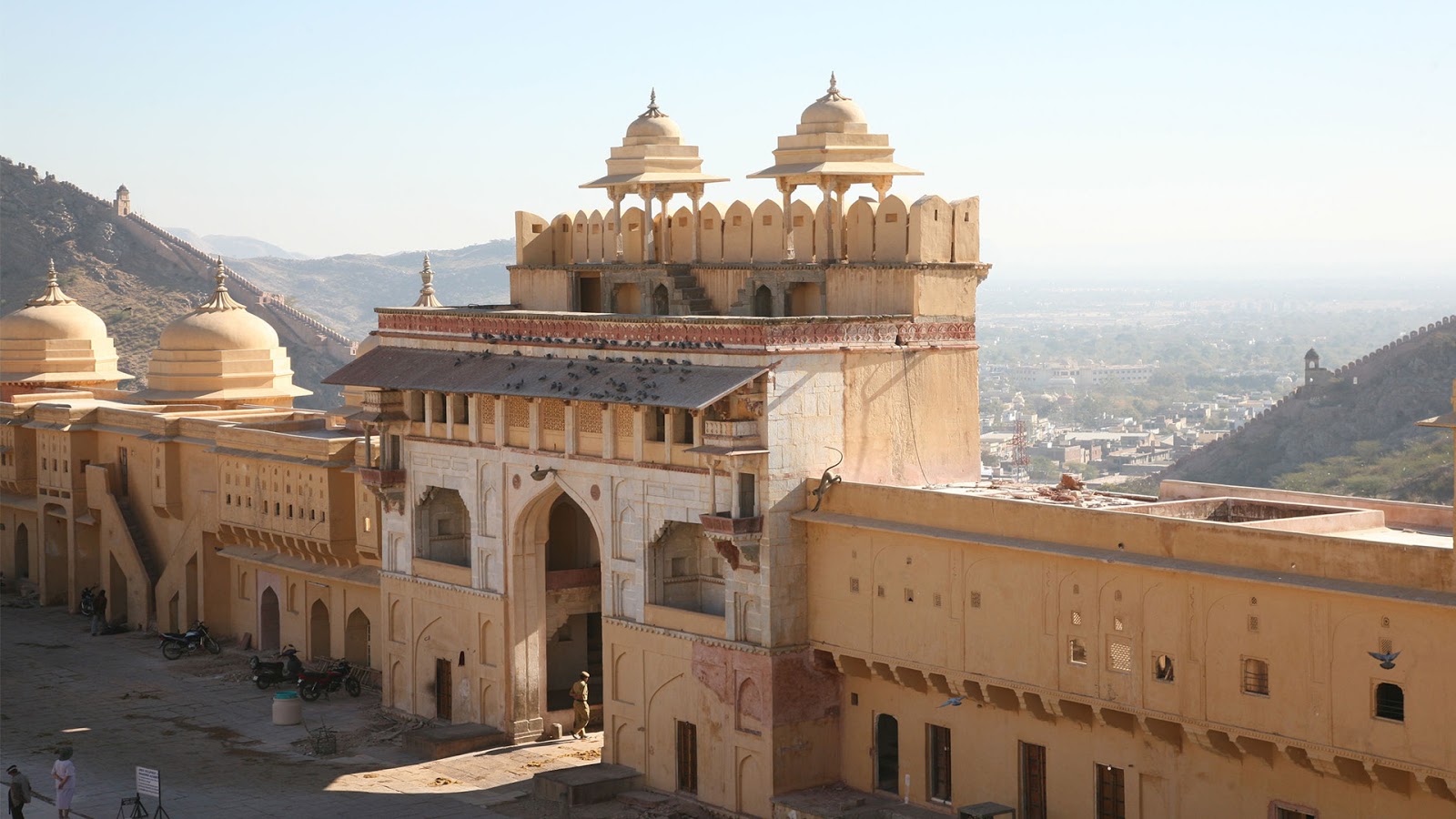The ancient metropolis of Babylon is one of the most famous cities of the ancient world and today can be found near the town of Al-Hillah in modern-day Iraq.
Founded almost five thousand years ago, the city on the Euphrates has seen empires rise and fall and has been the centre of the highest forms of culture and the most brutal wars and devastation.
It is likely that Babylon was founded in the third millennium BC and rose to prominence over the next thousand years. By the 18th century BC the city was the centre of the empire of Hammurabi. However, the changing political and military nature of the region saw Babylon fought over countless times over the following centuries, with one empire or dynasty after another securing Babylon as their home.
A resurgence of an independent Babylonian empire briefly flourished towards the end of the 7th century BC under king Nebuchadnezzar II – famous for building great wonders within the city, including the renowned Hanging Gardens of Babylon – yet even this dynasty failed to last, with Babylon falling to Cyrus the Great, king of the Persian Empire.
In 331 BC Alexander the Great captured Babylon, and it was here he died in 323 BC. After the fall of Alexander’s fledgling empire, Babylon was fought over by his surviving generals and was slowly abandoned over the following centuries.
The ruins of Babylon have suffered greatly due to looting and destructive policies, leaving little behind that captures the glory of the once-great city. Saddam Hussein also built a ‘new’ version of ancient Babylon over the site.
Of Babylon’s ancient ruins, it is still possible to see parts of Nebuchadnezzar’s palace and some of the old city walls. It is also possible to see a reconstruction of the Ishtar Gate in the Pergamon Museum in Berlin.
Although the site of Babylon is open to visitors, it is advisable to check with you government’s official travel advice policy before undertaking any trips to Babylon.
